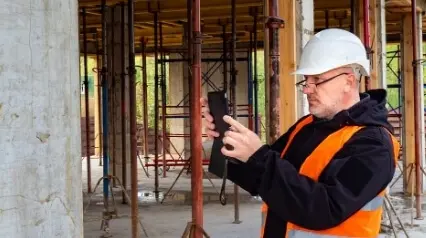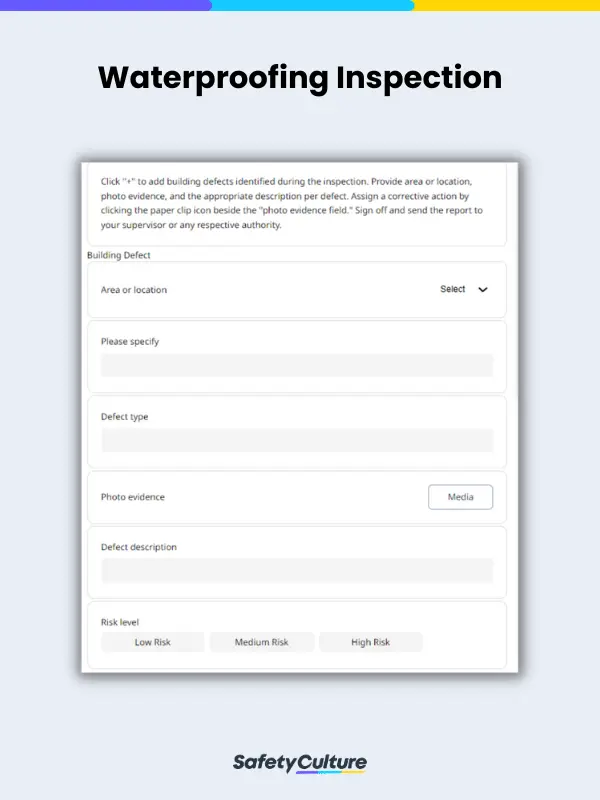What is a Waterproofing Inspection Checklist?
A waterproofing inspection checklist is a tool used by professionals to evaluate the integrity of waterproofing systems in a building or structure. Waterproofing is crucial to prevent water intrusion, which can lead to various issues such as mold growth, structural damage, and deterioration of building materials. A waterproofing inspection checklist helps ensure that the waterproofing measures are properly installed, maintained, and functioning as intended.
What is Waterproofing?
Waterproofing is the construction method of making building surfaces water-resistant and waterproof to protect structures from water ingress and prevent water penetration. It is crucial for structures to be waterproofed from basement to roof to prevent damages such as insect infestation, mold, and other structural defects like concrete cancer caused by water infiltration.
What is a Waterproofing Inspection?
Waterproofing inspection is an assessment conducted by a qualified building inspector or a waterproofing specialist to check on the workmanship quality of waterproofing works and to determine that a structure complies with waterproofing requirements and standards (e.g., Australian Standard AS 3740, and BCA Performance Requirement for Wet Areas). Waterproofing inspections are conducted through visual inspections of building structures to help identify any damages caused by improper waterproofing installation.
What to Look out for During Waterproofing Inspections
Waterproofing failures are not always easy to spot. In some cases, waterproofing issues can seemingly be a small one masking a larger issue. These types of issues can be overlooked and undetected. Catching these defects too late can result in complicated and invasive repair. That said, below are some warning signs to look out for that may indicate a waterproofing issue:
- Blistering or peeling paint
- Bubbles in the paint that hold water
- Mold, mildew and vegetative growth
- Rust stains on the concrete facade
- Efflorescence
- Cracked walls
- Internal and rising damp
- Sagging floors
- Wood rot
- Water in crawl space
Waterproofing failures can happen anywhere in a building. Below are some key areas that are crucial for building inspectors or waterproofing specialists to inspect:
Roofing
Roofs bear the brunt of bad weather. Buildings with flat roofs are especially at risk of puddles which in turn can potentially seep into the ceiling space causing a leak. Without proper waterproofing on the roofing of a building, water remains on the roof can cause damage to the building structure through wear and tear. When inspecting the roof, check for areas where water is ponding, blocked drains, and areas/spots that water is getting into when it shouldn’t. Internal areas are also worthwhile to check to see if there are seepage issues in the ceiling spaces.
Drains, Plumbing, and Irrigation
Structures should have proper plumbing, drains, and irrigation in place to prevent structural difficulties during wet weather. Ensure that there is proper plumbing on the roof. There should be downpipes fitted to the gutters to direct the water collected from the roof to the ground. Check for blockages, drips or leaks.
Window and Door Seals
Aside from roofs, other obvious ways of water entering buildings are through windows and doors. Windows and doors should have seals to prevent water from coming in. Ensure all seals are maintained and free of cracks or any type of damage.
Wall/Floor Surfaces
Ensure that wall/floor surfaces throughout the wet area rooms of a building structure are properly waterproofed as required by relevant building standards. Without proper waterproofing, there is a risk of water leaking into the frames causing possible future damage to the structure. Inspector should thoroughly check if there is a waterproof installation for wall/floor junctions of all the wet areas.



